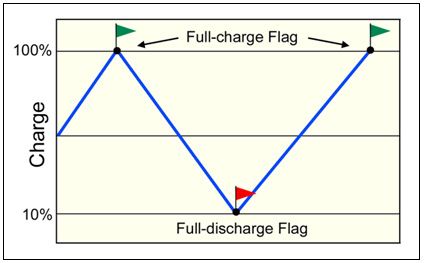- Joined
- Apr 2, 2010
- Messages
- 14,651
- Reaction score
- 4,703
- Location
- Pennsylvania
- Current Phone Model
- Droid Turbo 2 & Galaxy S7
I am a first-time smartphone user and, quite unlike me, I haven't read the materials that come with it. I've relied on family for hints, tips, etc. But, alas I have some peace and quiet and I would be most grateful if you could tell me a couple of quick tips to extend battery life as I, too, will be using my phone as my alarm clock. Thanks a lot!
Much of the problems with so-called battery problems starts with people using the phone right from the box without ever having done a full saturation charge. Part of the blame rests squarely on the Verizon Phone Center Store representatives who activate the phone out of the box and then hand it to you fully powered on. Of course, you're going to use it if they gave it to you and said "you're good to go!". You even said yourself that you didn't read the materials so I can most likely safely assume you didn't immediately turn the phone off, plug the phone in and allow it to charge with the power off until it showed 100% in the large animated battery on the screen before using it.
First thing I would recommend is to do a full charge to 100% with power off, then use normally until you get the low battery warning at 15%, then repeat the 100% charging sequence with power off. This allows the metering system to recognize what the maximum capacity of the battery is, and what the low battery level is, so that from then on, it will display a far more accurate representation of where in the battery capacity you are at any given time.
If I am wrong, please excuse my assumption.
